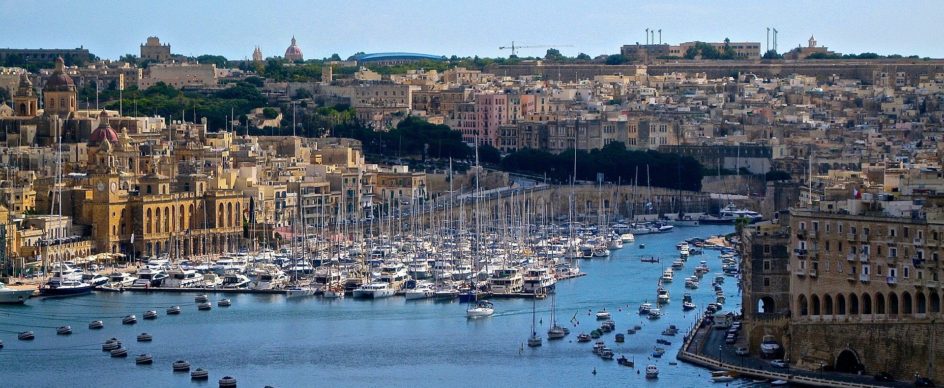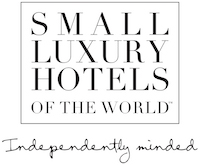
Maltese Past Cultural Influences
- Aug 29, 2020
... a melting pot of different cultures.
It’s safe to say that Malta is a melting pot of different cultures. Its prime position in the Mediterranean, coupled with its small size, means that it has found itself as both a target and collaborator across the realms of history.
In this article, we’re delving deep into Malta’s history and unearthing the key influencers that shaped the Malta that we know today.
Ancient Phoenicians
The Phoenicians are widely considered by historians as the first major civilisation to colonise the Maltese Islands. These hailed from Phoenicia – the thalassocracy originating from modern-day Lebanon.
The Phoenicians saw Malta as an excellent mid-Mediterranean base due to its natural ports and harbours. Within 200 years, Malta became a Punic colony, and the semantic roots of the Maltese language can still be traced back to this bygone era.
Roman Influences
The Romans ruled over Malta between 218 BC and 395 CE. In the latter part of this colonial era, the Maltese people had some sort of devolved power over local affairs and currency.
The Biblical shipwreck of St Paul also took place during this period, introducing the Christian tradition to Malta.
The fall of the immense Roman Empire in 395CE led to Malta being placed under Constantinople’s rule. This political move brought about a change in culture, as several Greek individuals settled in Malta, bringing a vast range of traditions, rituals, proverbs and superstitions with them.
Arabs
The Arab occupation made a lasting impression on Malta’s culture. The 870 CE invasion caused a lot of displacement, as many Maltese were murdered, captured into slavery or ended up as refugees in Sicily.
From 870 CE to 1091 CE, the archipelago was exclusively Muslim, and Arabic was the islands’ primary language. The Arab domination of the Mediterranean meant that Malta served as a trading and agricultural hub. Nowadays, the spoken form of the Maltese language and the names of several Maltese towns and villages are still Arabic in nature.
The Arab rule was brought to an end by the 1090 Norman invasion.
The Knights of St.John
The occupation of the Knights of St John led to a general increase in Malta’s general population (from around 25000 in 1535, to a whopping 54,000 in 1632). Immigration was rife as the Knights attracted a large number of individuals from Western Europe.
The Knights stirred a cultural renaissance in Malta, as they improved Malta’s general healthcare and education systems. Additionally, they also invested quite heavily in the islands’ architecture and artistic embellishment.
In fact, Valletta, Malta’s fortified capital city, was constructed by the Knights of St John, under the tutelage of Jean Parisot de Valette. To this day, it’s still considered as a prime example of Baroque architecture and is a UNESCO World Heritage Site.
In 1798, the Knights surrendered Malta to Napoleon Bonaparte and his regime.
The French Rule
In comparison to other colonial eras, the French Rule was quite short (1798 – 1800). However, in the larger scheme of things, its cultural impact was relatively significant.
Greeting words such as bonġu (good day) and bonswa (good evening) are French in origin. The concept of a Constitution was introduced within six days of French rule, slavery was abolished, and the education, legal and university system were revamped. On the other hand, the general Maltese populace was robbed of gold, silver and art, leading to a Maltese rebellion.
The British
Malta became part of Britain’s vast empire voluntarily. The Maltese people willingly requested Britain’s involvement as an attempt to get rid of the French.
From 1800 to 1964, the British radically changed Malta’s culture, language, politics and international status. It’s safe to say that Malta’s fortune was inextricably connected to Britain’s military success. The archipelago served as a prime naval and military care base, especially during World War I and II, leading to it being coined as the “Nurse of the Mediterranean”.
After the war, the self-determination movement grew significantly, and Malta was finally granted independence on September 21st, 1964. The British fleets officially left Malta in 1979 – and to this day, March 31st is known as “Republic Day”.
To this day, Britain’s past dominance can still be witnessed and experienced. English is one of Malta’s official languages, and traces of British culture are present in all aspects of the Maltese lifestyle, ranging from the popularity of tea to the legal system.
Bonus: Italy
Malta’s proximity to Italy meant that, although modern Italy was never a formal “Motherland”, its culture has become so interwoven with Malta’s, that sometimes, to the foreign eye, the difference is unrecognisable.
Malta’s neighbour has undoubtedly influenced the food, language, mannerisms and lifestyle of the islands. Furthermore, the older generations are very fluent in Italian, and to this day, Dante’s language is still taught in schools.
Malta’s rich cultural tapestry makes it a truly unique destination for those looking to experience a cultural nexus where East meets West meets North meets South.




